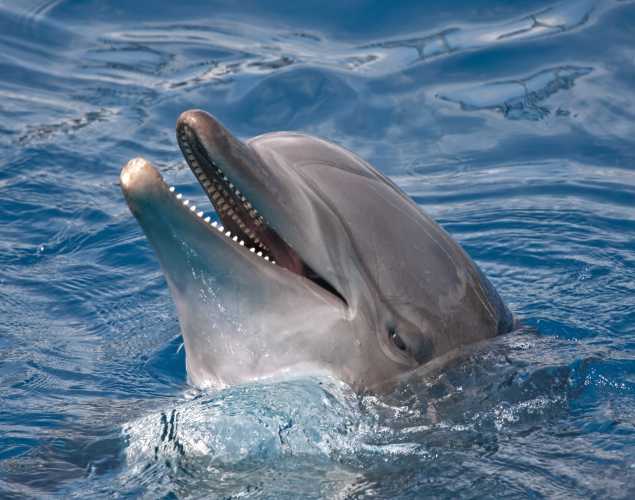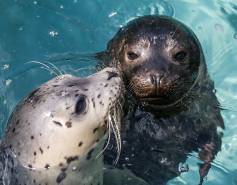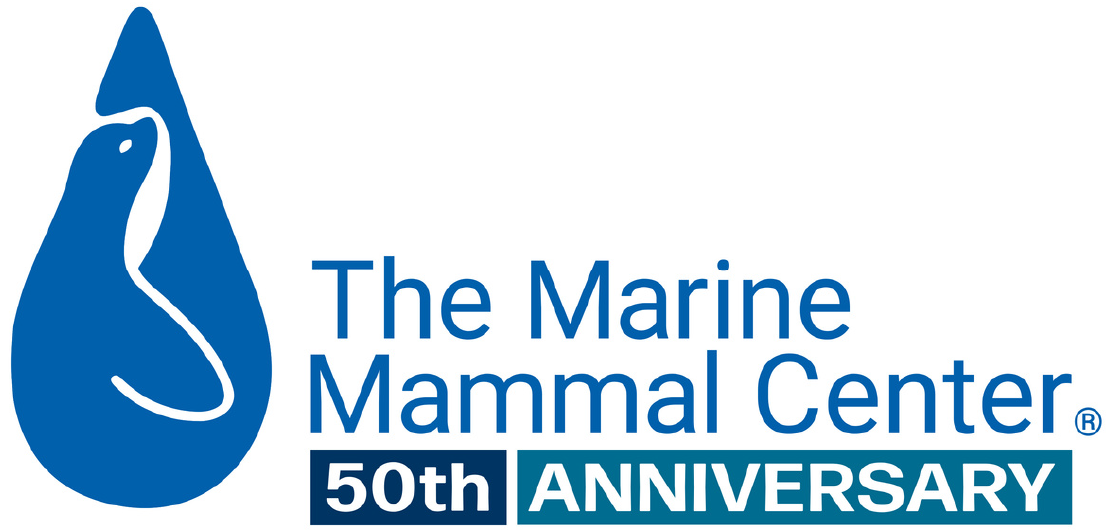
Marine Mammal Response Operations During the Deepwater Horizon Oil Spill
- Pollution
Abstract
When the Mississippi Canyon-252 Deepwater Horizon (DWH) oil spill occurred in April 2010 in the Gulf of Mexico, wildlife professionals were quickly mobilized to assess, recover, and treat oiled marine mammals as part of the Incident Response operating under the Unified Command. There were significant challenges associated with the crisis, including the sustained response to a prolonged, uncontrolled oil release (from a deepwater wellhead rather than a controllable and finite source like a tanker); the large geographic scale of the oiled area and thus the response effort; and ensuring effectiveness without the benefit of previous experience of cetacean response in oil spills. The response phase for this spill lasted from April 2010 to May 2011, and the mobilization of field teams resulted in the confirmation of 13 live and 178 dead stranded cetaceans across 4 states and offshore waters. Four primary care centers were coordinated to de-oil animals, and additional facilities and personnel were mobilized to augment and support the effort. Numerous protocols were implemented to ensure appropriate animal care as well as documentation and sample collection, informing both response and Natural Resource Damage Assessment decisions. Additional efforts included the implementation of a wildlife observer program integrated into oil recovery operations (skimming and in situ burns) and behavioral observations of nearshore cetaceans. The unprecedented effort resulted in the first rehabilitation of an oiled dolphin and the coordination of a very large-scale response, with important information collected, and lessons learned for future oil spills in marine mammal habitat.
Wilkin, S.M., Rowles, T. K., Stratton, E., Adimey, N., Field, C.L., Wissmann, S., Shigenaka, G., Fougeres, E., Mase, B., Southeast Region Stranding Network, Ziccardi, M. H. 2017. Marine mammal response operations during the Deepwater Horizon oil spill. Endangered Species Research. 33: 107-118.
Cara Field
Related Publications
{"image":"\/Animals\/Patients\/Harbor seals\/2019\/cropped-images\/hs-aquapup-1-by-bill-hunnewell-c-the-marine-mammal-center-164-4-2324-1816-1606771695.jpg","alt":"two harbor seals","title":"Effects of Mercury Exposure in Harbor Seal Pups","link_url":"https:\/\/www.marinemammalcenter.org\/publications\/effects-of-mercury-exposure-in-harbor-seal-pups","label":"Research Paper"}

{"image":"\/Animals\/Patients\/California sea lions\/2018\/cropped-images\/csl-leadbelly-by-bill-hunnewell-c-the-marine-mammal-center-664-0-2502-1954-1607626905.jpg","alt":"California sea lion","title":"Contaminant Exposure and Herpesvirus Associated with Cancer in Wild Sea Lions","link_url":"https:\/\/www.marinemammalcenter.org\/publications\/contaminant-exposure-and-herpesvirus-associated-with-cancer-in-wild-sea-lions","label":"Research Paper"}

Contaminant Exposure and Herpesvirus Associated with Cancer in Wild Sea Lions
Read More{"image":"\/Animals\/Wild\/Harbor seal\/cropped-images\/harbor-seals-shutterstock-307-0-4076-3184-1645666025.jpg","alt":"harbor seal moms and pups on a beach","title":"Fetal Mercury Concentrations in Harbor Seals: Associated Drivers and Outcomes","link_url":"https:\/\/www.marinemammalcenter.org\/publications\/fetal-mercury-concentrations-in-harbor-seals-associated-drivers-and-outcomes","label":"Research Paper"}

Fetal Mercury Concentrations in Harbor Seals: Associated Drivers and Outcomes
Read More{"image":"\/Animals\/Wild\/Humpback whale\/cropped-images\/humpback-whale-sea-lions-photo-c-bill-hunnewell-190-2-2774-2167-1659123832.jpg","alt":"humpback whales and California sea lions feeding","title":"Aquatic Mammals","link_url":"https:\/\/www.marinemammalcenter.org\/publications\/aquatic-mammals","label":"Research Paper"}

Related News
{"image":"\/Misc\/Graphics\/Ocean Plastic Pollution.jpeg","alt":"plastic pollution floating in the ocean","title":"NBC Bay Area: Plastic pollution causing a sea of trouble","link_url":"https:\/\/www.marinemammalcenter.org\/news\/nbc-plastic-pollution-causing-a-sea-of-trouble","label":"In the News","date":"2024-11-26 01:00:00"}

{"image":"\/Places\/Coastal landscapes\/cropped-images\/shutterstock_palos verdes ddt-0-1-1270-992-1728333594.jpg","alt":"view of Palos Verdes coastline","title":"Newsweek: Toxic Contamination in Our Oceans Can Reach Our Kitchen Tables | Opinion","link_url":"https:\/\/www.marinemammalcenter.org\/news\/newsweek-opinion-toxic-contamination-in-our-oceans-can-reach-our-kitchen-tables","label":"In the News","date":"2024-10-07 02:00:00"}

Newsweek: Toxic Contamination in Our Oceans Can Reach Our Kitchen Tables | Opinion
October 7, 2024
Read More{"image":"\/Animals\/Patients\/Releases\/cropped-images\/csl-release-by-bill-hunnewell-c-the-marine-mammal-center-278-2-3752-2931-1715194127.jpg","alt":"two California sea lions return to the wild","title":"Voice of America: Sea Mammals and Ocean Health","link_url":"https:\/\/www.marinemammalcenter.org\/news\/voice-of-america-sea-mammals-and-ocean-health","label":"In the News","date":"2024-04-17 02:00:00"}

{"image":"\/Places\/Coastal landscapes\/cropped-images\/underwater-barrel-shutterstock-328-0-4424-3456-1651790853.jpg","alt":"rusty barrel underwater and covered with algae","title":"The Hill: 'Under the Sea, Out of Mind' Has Turned Into a Ticking Time Bomb","link_url":"https:\/\/www.marinemammalcenter.org\/news\/the-hill-under-the-sea-out-of-mind-has-turned-into-a-ticking-time-bomb","label":"In the News","date":"2022-05-03 02:00:00"}

The Hill: 'Under the Sea, Out of Mind' Has Turned Into a Ticking Time Bomb
May 3, 2022
Read More
